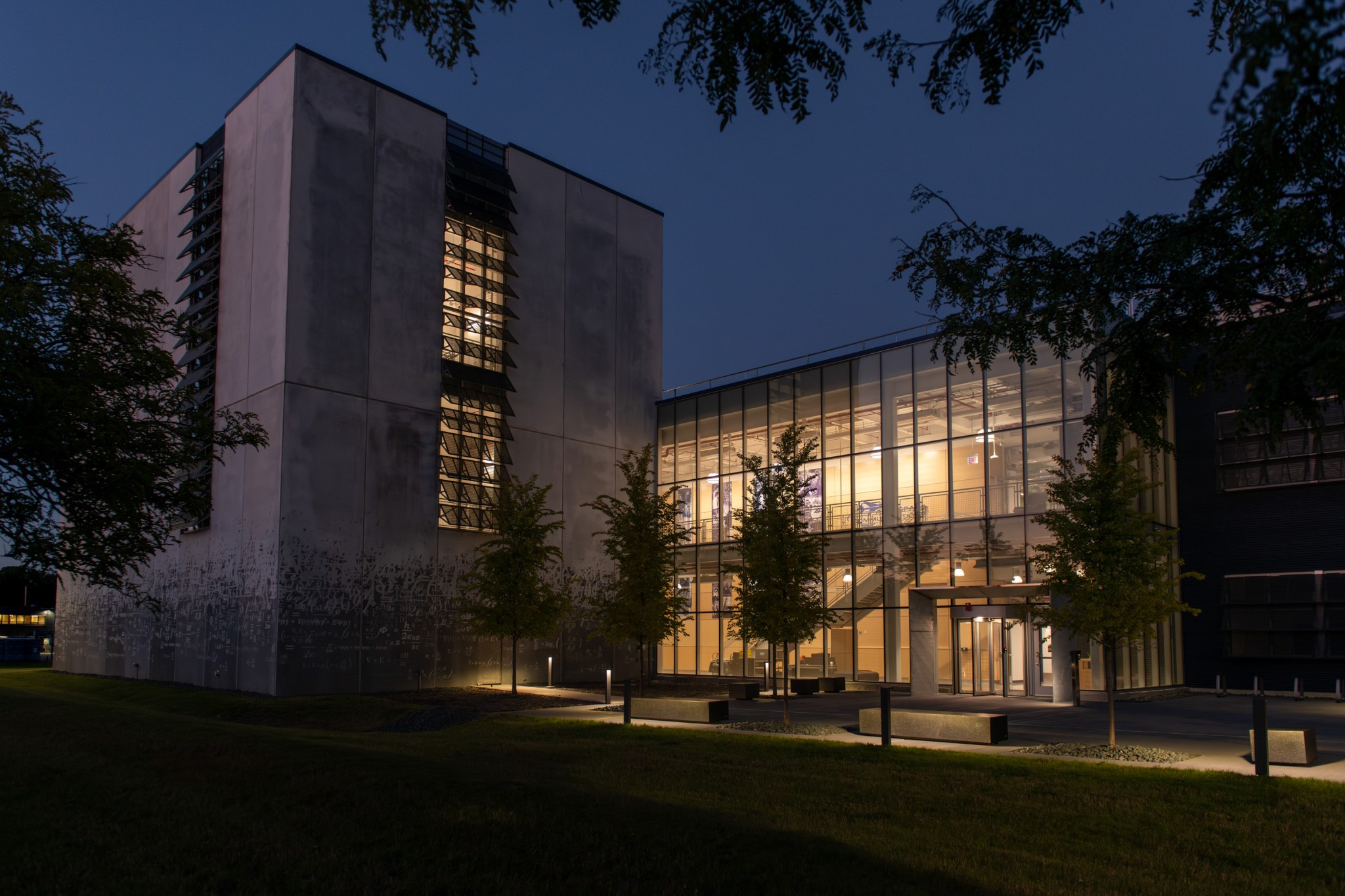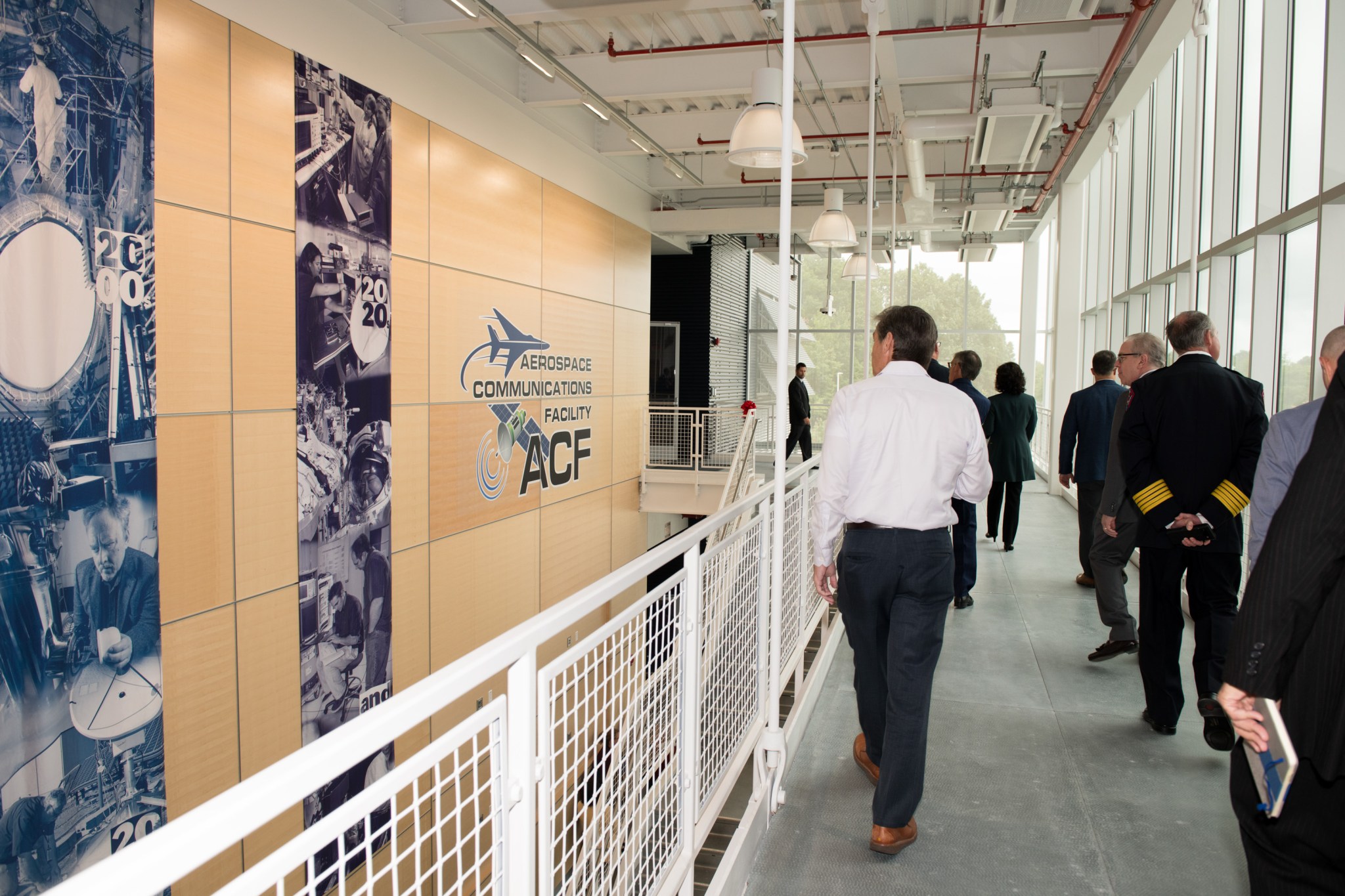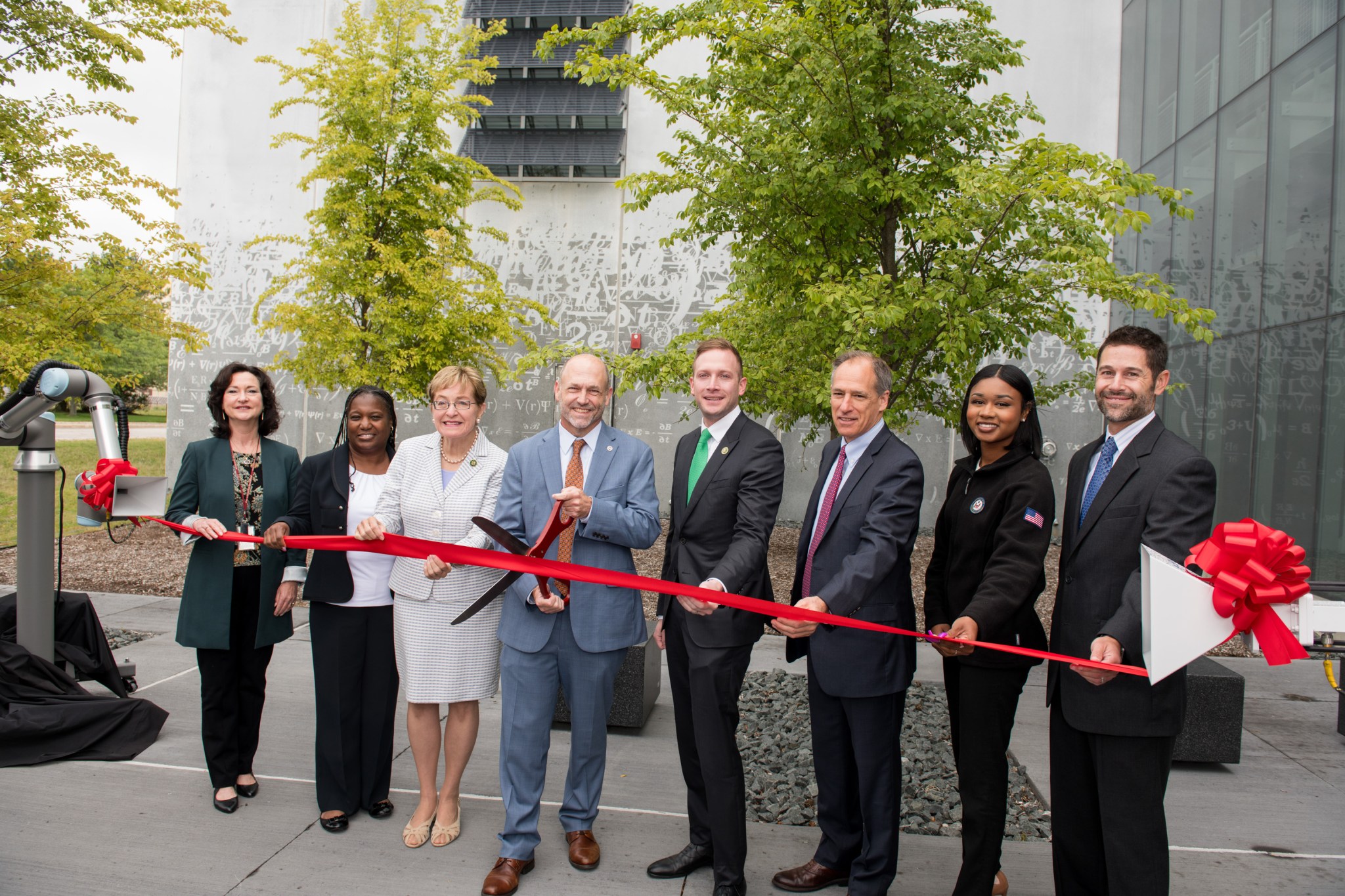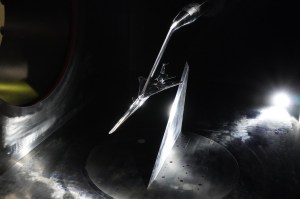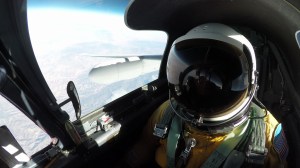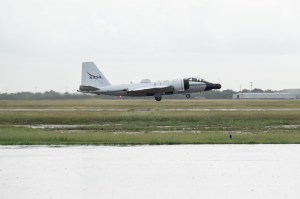For the first time in 30 years, NASA’s Glenn Research Center in Cleveland opened the doors to a brand-new mission-focused facility that will support the agency’s Artemis and Advanced Air Mobility missions. On Aug. 30, NASA management and local officials cut the ribbon to the Aerospace Communications Facility (ACF), a new building designed for advanced radio frequency (RF) and optical communication technology research and development.
The ACF brings together more than 80 researchers, currently located in seven separate buildings across Glenn’s main campus, to one cutting-edge 54,000-square-foot building. It houses 25 research laboratories, several collaboration spaces, a large RF-shielded high bay space, and both rooftop and ground-based antennae fields.
“The facility gives us a lot of opportunities to integrate these labs together in new and unique ways,” said Dr. James Nessel, chief of NASA Glenn’s Advanced High Frequency Branch. “For example, there are fiber-optic lines running throughout the entire building. So, we can easily set up a system in one space and communicate with another without physically having to move the two systems together.”
The new facility further enables the development and testing of cognitive communications systems, which will use artificial intelligence and machine learning to optimize future networks in low-Earth orbit and deep space.
“I’m really looking forward to having a common research network that can be shared across projects,” said Dr. Rachel Dudukovich, cognitive networking lead for NASA Glenn’s Cognitive Communications project. “We will be able to share software and test equipment among projects and have areas where we can visually display the real-time decision-making process of our cognitive engine.”
Key features of the structure allow researchers to pursue new tests and measurements of various types of communication, including RF, cellular, optical, and quantum. The high-bay space is built from conductive concrete and lined with RF-absorbing panels, creating a quiet, controlled environment with no external influence from outside signals.
“This new building is helping us realize innovative capabilities we’ve been developing for several years now,” said Nessel. “We call it the MATRICS.”
Like the movie it’s named after, MATRICS — short for Multiple Asset Testbed for Research and Innovative Communications Systems — simulates the experience of being on another world: the lunar surface. The Moon has unique features, like lunar dust, rough terrain, mountains, and craters, and researchers are uncertain exactly how communications systems would function in that environment. The MATRICS uses high-fidelity models, simulations, and physical hardware connections to simulate RF conditions on the Moon, allowing researchers to test communications hardware developed both in-house and commercially.
The facility will also host the new Quantum Metrology Laboratory, where quantum information scientist Dr. Evan Katz and his colleagues will study the use of quantum physics to transmit and protect information. In quantum communication, information is embedded and sent through a photon, or a single element of light. Using photons to transmit information provides unique benefits, such as security on a fundamental quantum-physics level.
“This lab offers much more space than the previous one and allows more researchers to come together and work in parallel,” said Katz. “When performing quantum measurements, we need to be careful about vibrations or noise coming from surroundings. In our new laboratory, the floors are vibration-isolated, meaning terrestrial disturbances won’t impact our testing.”
The ACF was designed by Ross Barney Architects and built by The Austin Company with NASA missions in mind. The facility not only to gives Glenn researchers the space and equipment they need for current missions, but future ones as well, including efforts to combat climate change.
Intended to be an example of responsible environmental stewardship, the structure is Leadership in Energy and Environmental Design (LEED) Gold certified. Its design includes environmentally friendly features like natural daylight throughout the building, low volatile organic compound-emitting materials, sustainably harvested wood, and water- and energy-saving fixtures and appliances. The facility will use at least 30% less water and 30% less energy than a comparable building. Eleven percent of construction materials contain recycled content, and 11% of materials were made locally, within 500 miles of Glenn. Additionally, there is bicycle storage and preferred parking for fuel-efficient vehicles outside the building to promote the use of alternative transportation.
Completion of the ACF is one more step forward in NASA Glenn’s Facility Master Plan, which is a multiyear effort to revitalize the central campus and renovate or replace World War II-era buildings.
Jacqueline Minerd
NASA’s Glenn Research Center





























